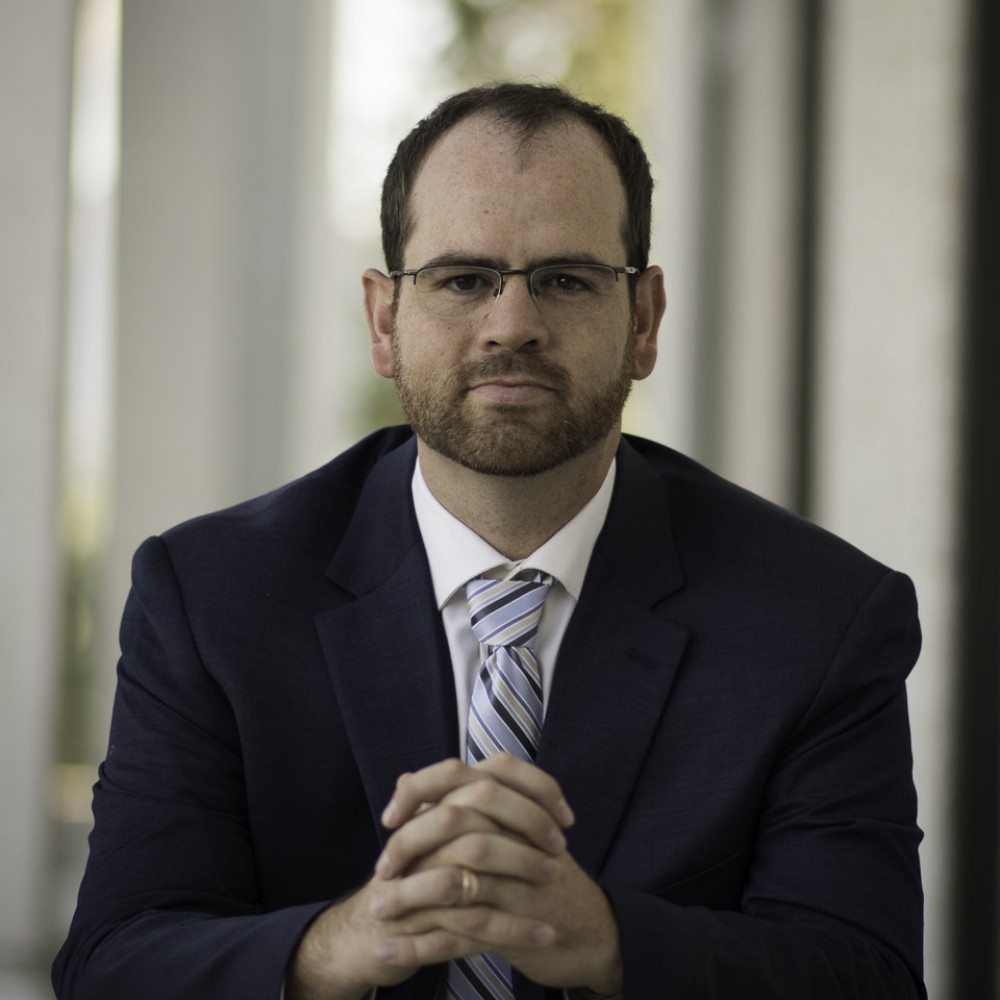It’s a reality we see across EMS systems nationwide: call volume keeps climbing, the roster keeps shrinking, and your most experienced providers are the ones walking away. The race to the bottom is accelerating.
Ben King

Recent Posts
Topics: From The CEO, Clinical Staffing, Healthcare safety
Advanced Emergency Medical Technicians (AEMTs) are the sweet spot of Emergency Medical Services. Two AEMT courses are upcoming at Best Practice Medicine, get registered today to secure your spot!
Topics: EMT Training, EMS Training, AEMT, Education
Travel paramedics are part of the workforce solution healthcare desperately needs. Best Practice Medicine (BPM) created and is rapidly scaling the nation's first dedicated travel paramedic agency in support of ambulance and hospital operations nationwide.
Topics: From The CEO, Travel Paramedic, Healthcare safety
Yesterday as I was looking for some business records I came across the original filing paperwork with IRS to establish Best Practice Medicine as a limited liability corporation. Turns out, today we turn five years old! (At least that's when we started paying taxes...). I can remember spending weeks trying to understand what an LLC was, how to file the paperwork, and wondering if all the hassle of setting up a company would be worth it. I admit, at the time, I didn't think it would be.
Topics: From The CEO, News
This study published February, 2020 in the Journal of Trauma and Acute Care Surgery contributed to the substantial and growing body of research dedicated to the question, does simulation work? Can we show improved patient outcomes as a result of experiential education facilitated by the facsimile creation of life like rehearsal?
Unequivocally the answer is, yes.
The evidence base for this conclusion is neither small or narrow in its focus. Take for example this study which is assessing whether trauma teams who participate in regular high fidelity simulations show an improvement in the time it takes to establish a chest tube in a trauma patient.
"Median pretraining time for resuscitative thoracotomy was 14 minutes (IQR, 8–32 minutes); posttraining median time was 3 minutes (IQR, 2.7–8 minutes,p= 0.02)"
Read that again...
Before simulation based learning, median time to place a chest tube = 14 minutes
After simulation based learning, median time to place a chest tube = 3 minutes
The delta of this is 11 minutes.
Blood and air filling your chest cavity, placing pressure on your vena-cava likely resulting in its collapse leading to PEA cardiac arrest and the dreaded trauma arrest death spiral. An eleven minute reduction in the time to facilitate the evacuation of the blood and or air may very well be the difference between life and death. This just one of many studies that strongly correlate the integration of serial simulation into clinical practice resulting in improved care and better patient outcomes.
We compile studies to support the impact of simulation based education in healthcare. We have identified that simulation can be reliably attributed to;
- Improves patient outcomes
- Reduces preventable medical error
- Increases team performance
- Identifies latent patient safety threats
Simulation works!
Park, C., Grant, J., Dumas, R. P., Dultz, L., Shoultz, T. H., Scott, D. J., … Cripps, M. W. (2020). Does simulation work? Monthly trauma simulation and procedural training are associated with decreased time to intervention. Journal of Trauma and Acute Care Surgery, 88(2), 242–248. doi: 10.1097/ta.0000000000002561
Topics: Simulation, From The CEO, Medical Residents
“We need the most experienced intubator, right now!!...”
The panic and tears in the patient's eyes is alarming. A lethal combination of pain, hypoxia, low dose paralytics and chaos contribute to her tachycardia, tears, cold clammy skin, rapidly dropping oxygen concentration, and terror.
Our flight team sizes up the case quickly. The patient received the wrong RSI medication package; she is not adequately paralyzed and is partially conscious. Multiple semi awake intubations have been attempted by no fewer than three health care providers, rendering the previously a-traumatic airway bloody and swollen.
Topics: Simulation, From The CEO, Emergency Medical Training



-2.png?width=767&name=Untitled%20design%20(5)-2.png)
.jpg?width=767&name=IMG_3766%20(1).jpg)

.jpg?width=767&name=Simulation%20training%20at%20Phillips%20County%20Hospital%20-%20Best%20Practice%20Medicine%20(3).jpg)